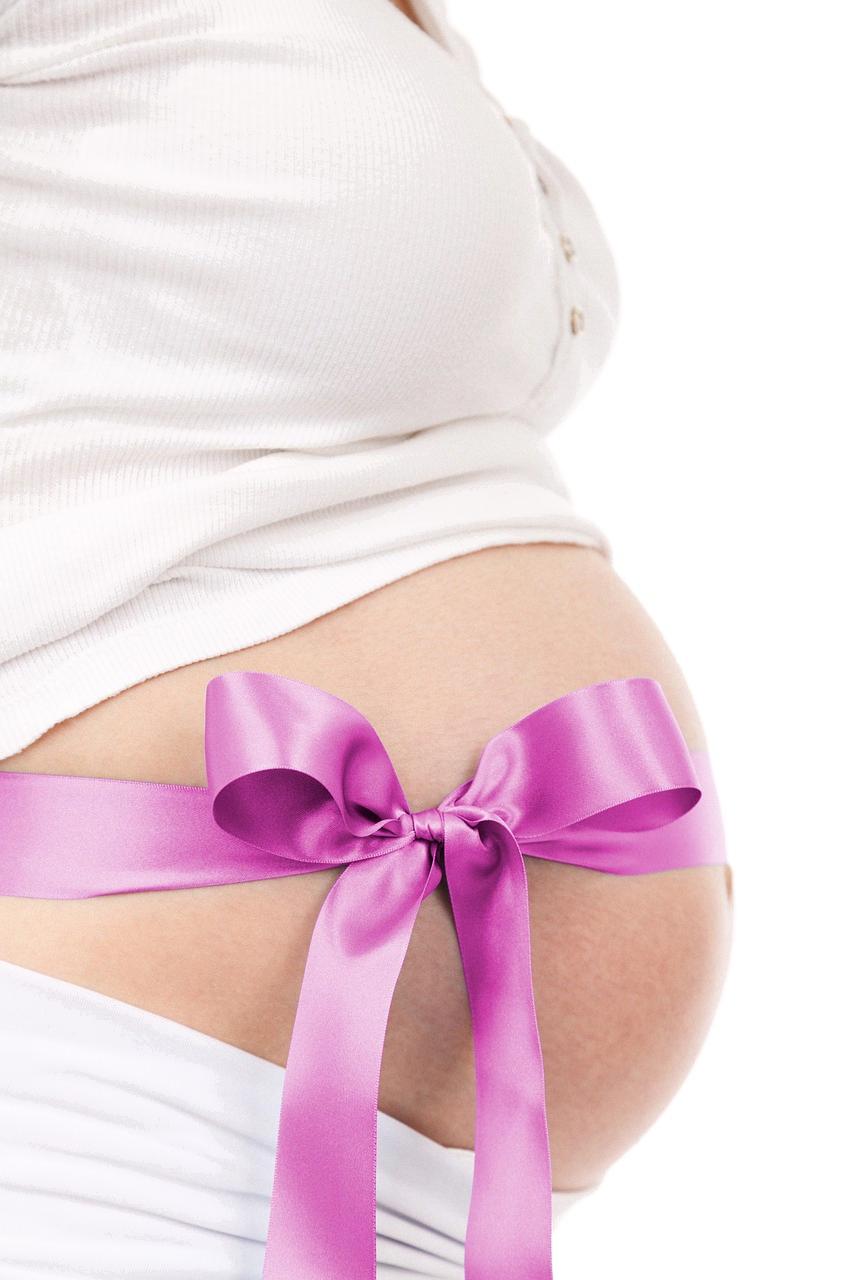When we delve into the realm of successful pregnancy rates for individuals with Uterus Didelphys (UD), we encounter a landscape filled with challenges and complexities. Research indicates that the chances of achieving a successful pregnancy in individuals with UD are quite intricate and can vary significantly from case to case.
Insights into Pregnancy Outcomes
Statistics reveal that individuals with UD may face an uphill battle when it comes to pregnancy outcomes. A study reports that less than 50% of pregnancies in individuals with UD result in a live birth [1]. This stark reality sheds light on the hurdles that individuals with this condition may encounter on their journey to parenthood.
Understanding Pregnancy Risks
It is essential to acknowledge the associated risks that come with pregnancy in individuals with UD. Research suggests that up to one-third of pregnancies in individuals with UD may end in abortion [2]. Additionally, approximately half of these pregnancies may culminate in premature deliveries, further underscoring the complexities surrounding pregnancy in individuals with UD.
Factors Influencing Pregnancy Success
Multiple factors can impact the success of a pregnancy in individuals with UD. From the structural abnormalities of the uterus to potential hormonal imbalances, these factors play a crucial role in determining the outcome of a pregnancy in individuals with this condition.
Medical Intervention and Support
Given the complexities associated with pregnancy in individuals with UD, medical intervention and support play a pivotal role in enhancing the chances of a successful pregnancy. Close monitoring, early detection of any complications, and personalized care are vital components in improving pregnancy outcomes in individuals with UD.
Emotional and Psychological Aspects
It is also imperative to address the emotional and psychological aspects that individuals with UD may experience throughout their pregnancy journey. The uncertainties and challenges inherent in conceiving and carrying a child with UD can take a toll on mental well-being, underlining the importance of holistic support during this time.
Seeking Specialist Care
Individuals with UD are encouraged to seek specialist care from healthcare providers experienced in managing high-risk pregnancies. A multidisciplinary approach that addresses the unique needs of individuals with UD can significantly improve the chances of a successful pregnancy outcome.
Managing Expectations
Managing expectations plays a crucial role in navigating the complexities of pregnancy in individuals with UD. Understanding the statistical probabilities and potential challenges can equip individuals with UD with the knowledge needed to make informed decisions and prepare for any eventualities.
Support Systems and Resources
Building a strong support system and tapping into available resources can also alleviate the stress and uncertainties associated with pregnancy in individuals with UD. Connecting with support groups, seeking guidance from healthcare professionals, and accessing educational materials can empower individuals with UD on their journey to parenthood.
Research and Advancements
Ongoing research and advancements in the field of reproductive medicine hold promise for improving pregnancy outcomes in individuals with UD. As our understanding of the condition deepens and innovative treatments emerge, the landscape of pregnancy in individuals with UD may undergo transformative changes.
Hope and Resilience
Amidst the challenges, uncertainties, and complexities, it is essential to hold onto hope and resilience. Each individual’s journey with UD is unique, and while the statistics may paint a challenging picture, the human spirit’s innate capacity to endure and overcome obstacles shines through in the face of adversity.
Conclusion
In conclusion, the successful pregnancy rate for individuals with Uterus Didelphys is a multifaceted issue that necessitates a comprehensive understanding of the factors at play. By navigating the complexities, seeking appropriate care, and fostering a supportive environment, individuals with UD can enhance their chances of achieving a successful pregnancy outcome despite the challenges they may encounter along the way.

